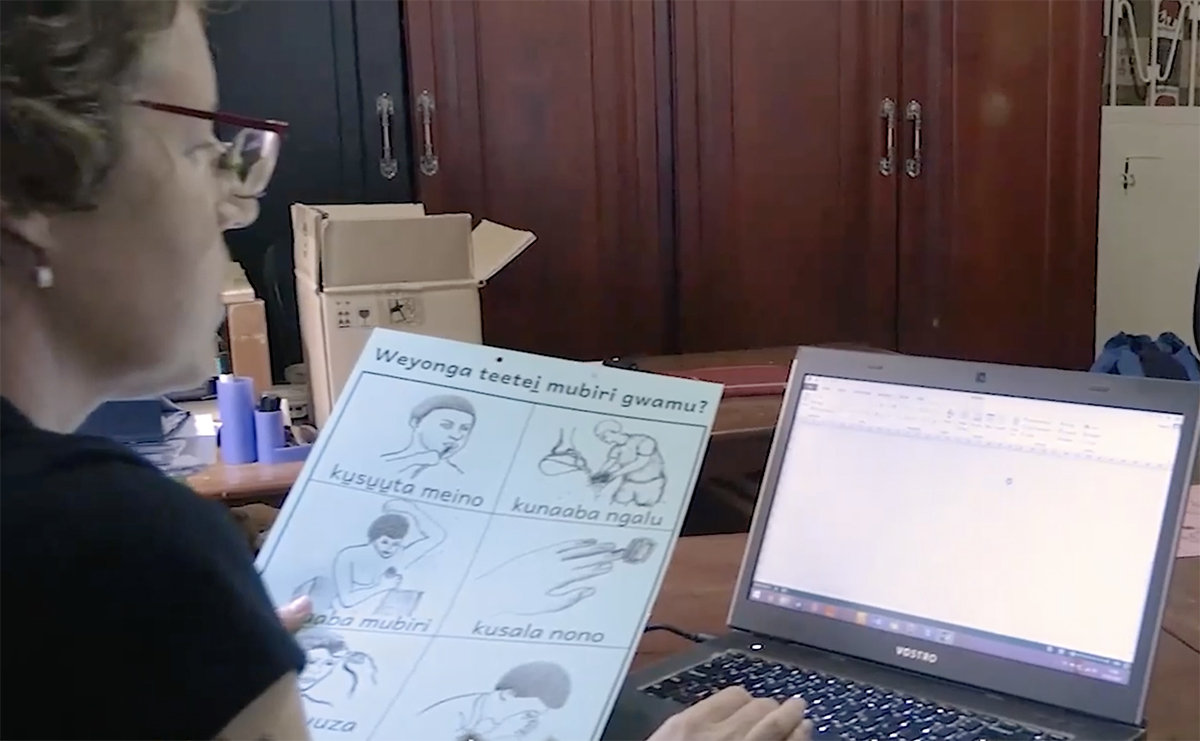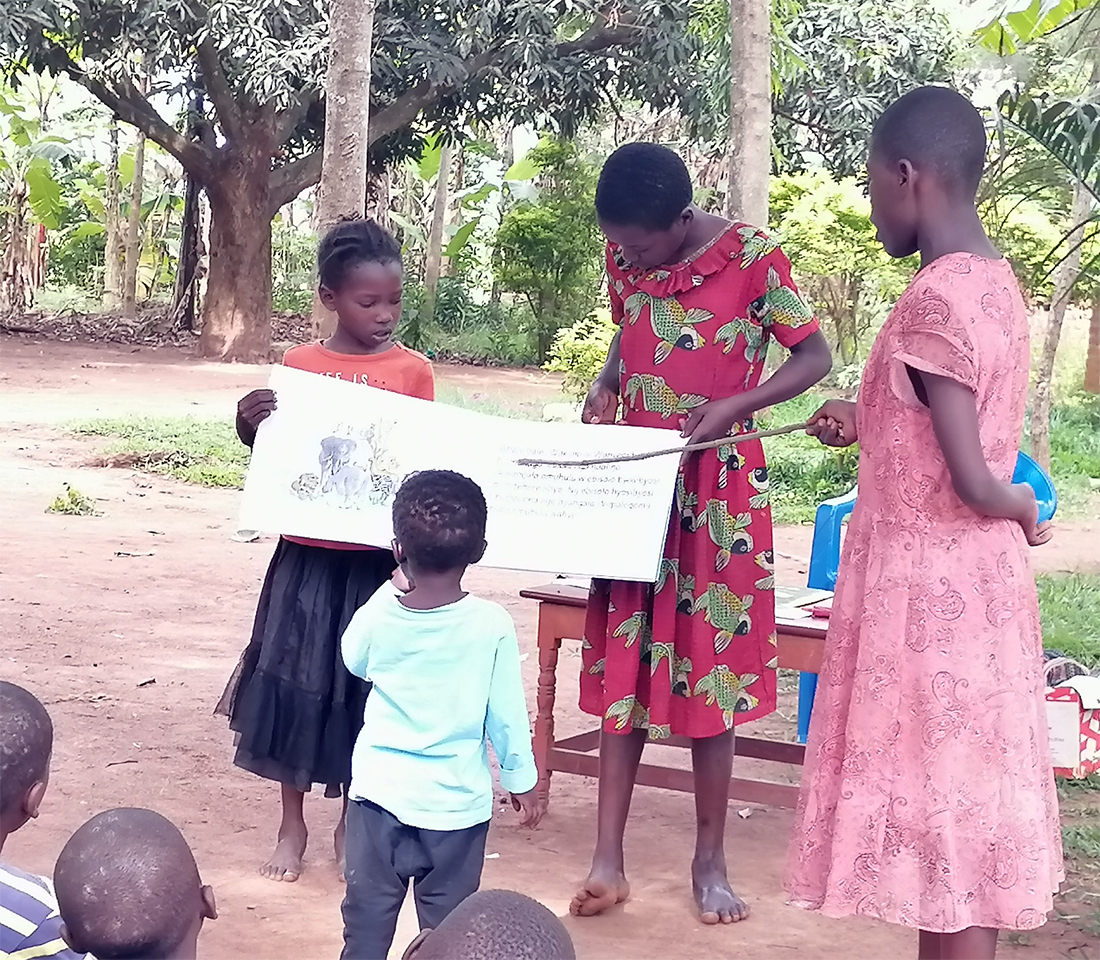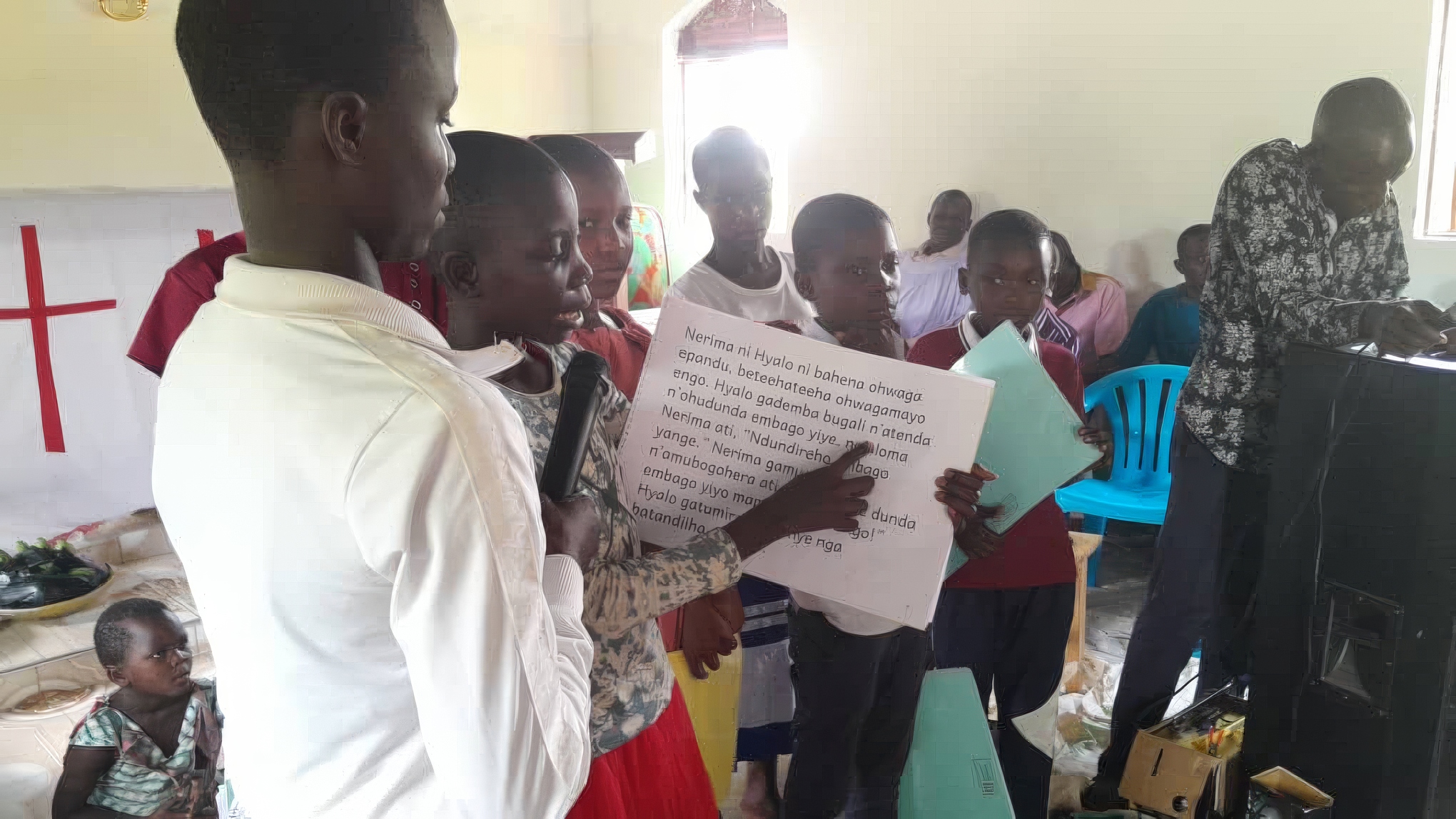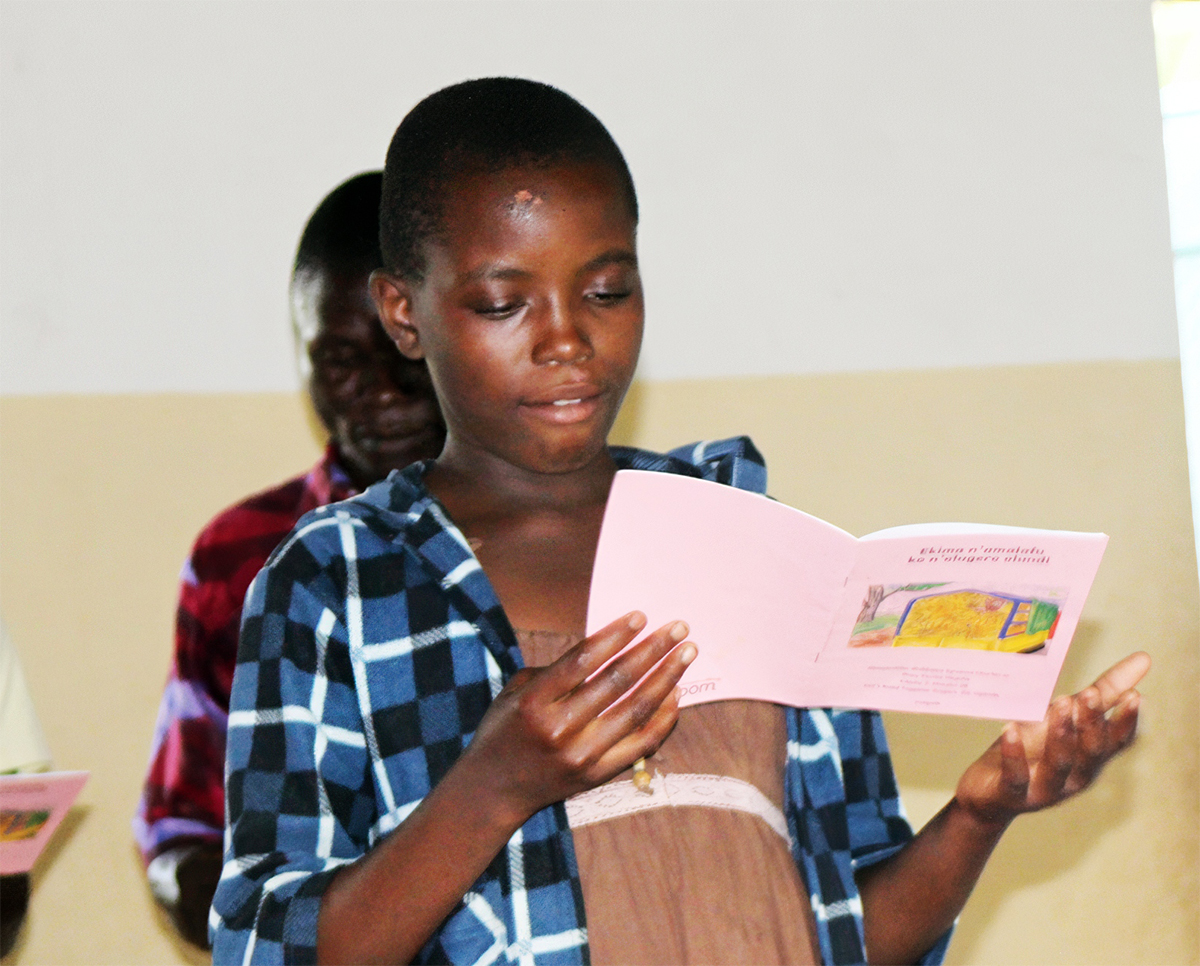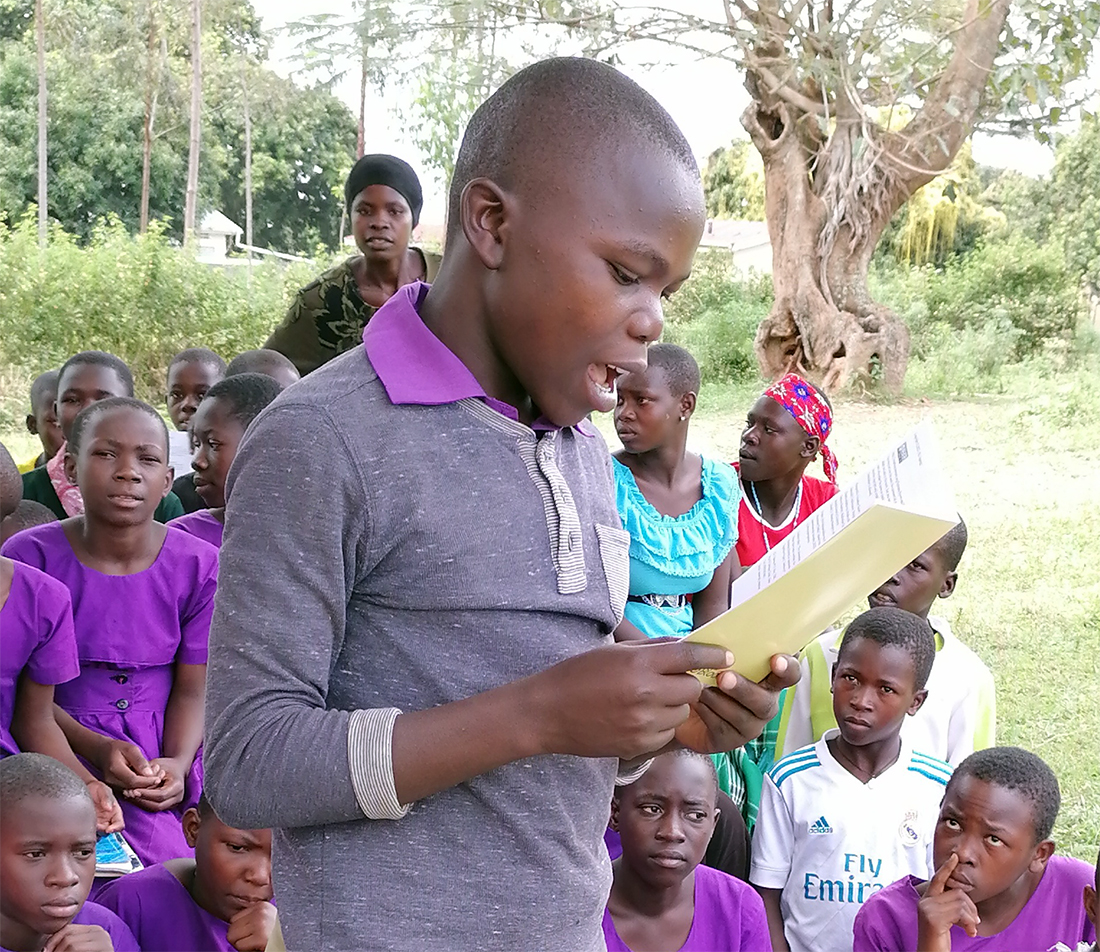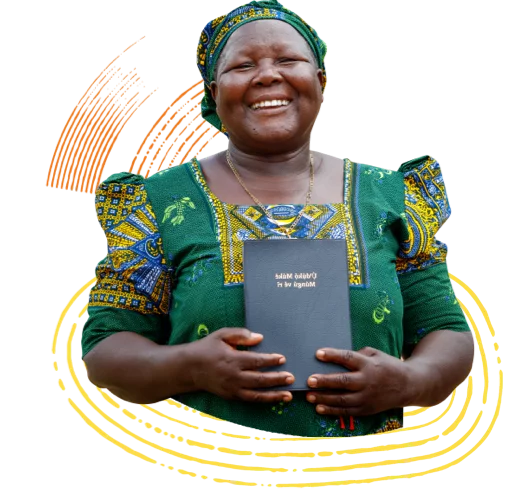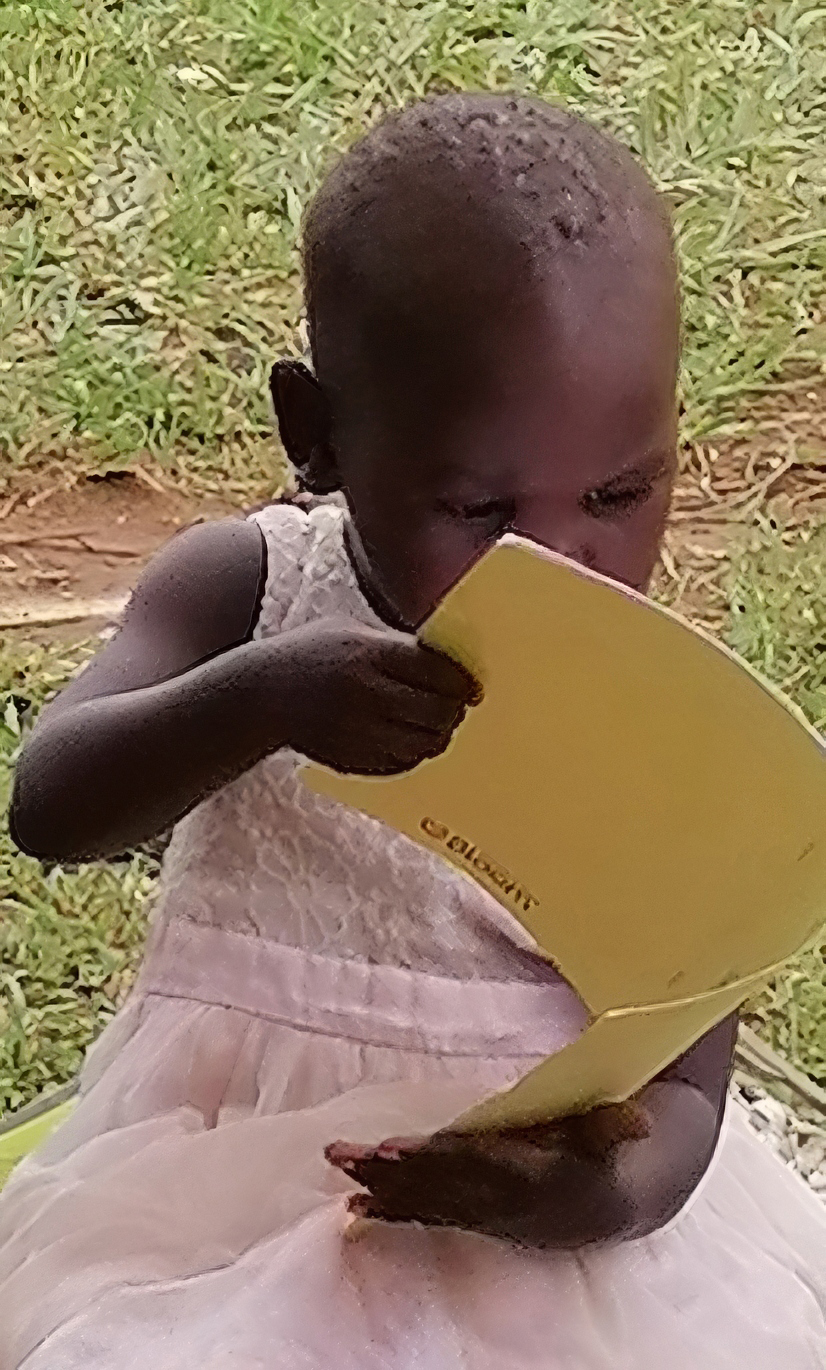 You’re never too young for books!
You’re never too young for books!
ArnoId Ssetuba, a member of the ‘Let’s Read Together’ team, says:
‘There was this young girl who was reading Scripture in her language in church every Sunday. She challenged many adults to start reading their language with a mindset of “If this little girl can do it – why, I can do it!”’
The word of God is being unlocked for these children now that they have the reading skills to read the New Testament in their language. They have a confidence born out of reading the Scriptures in their language. (Just think of the impact once they have the whole Bible in their languages – due in a few years’ time.)
‘Their behaviour and attitudes have really changed’
But the programme has had unexpected impacts too.


